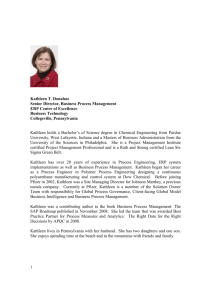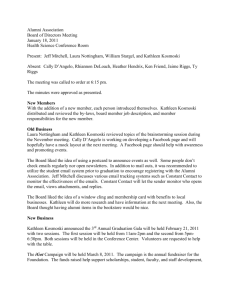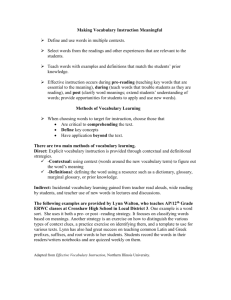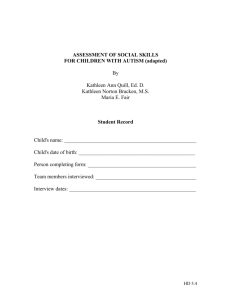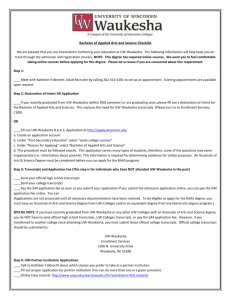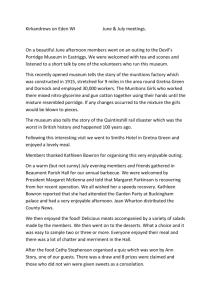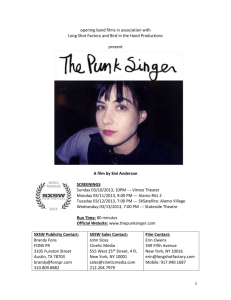naming_national_childrens_hospital
advertisement
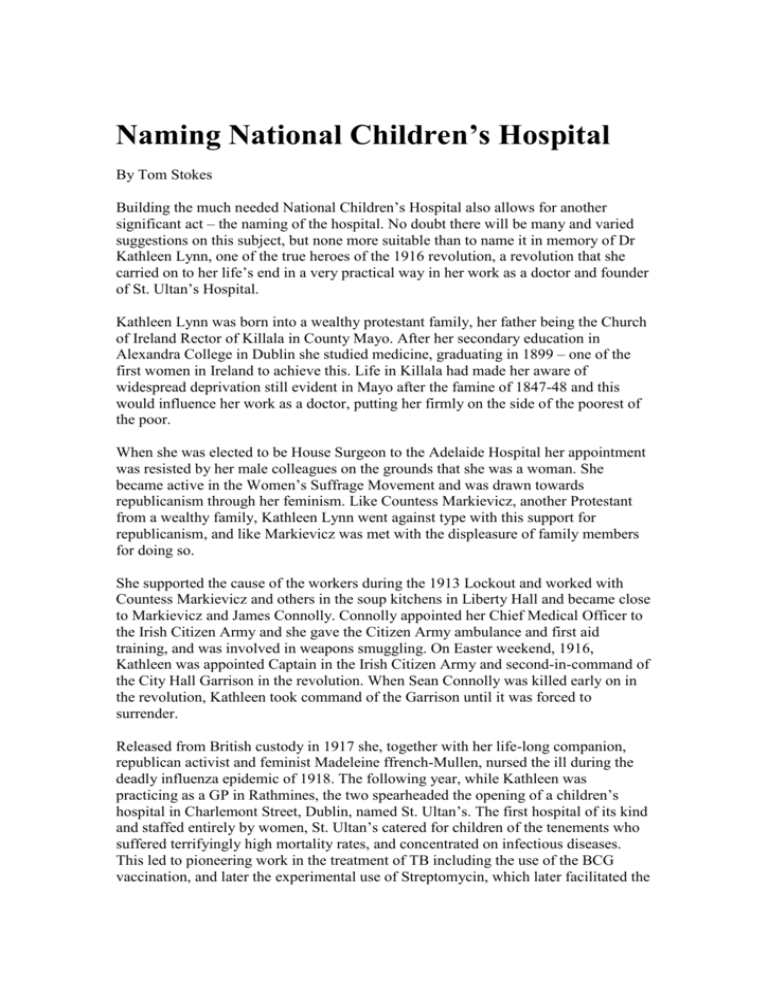
Naming National Children’s Hospital By Tom Stokes Building the much needed National Children’s Hospital also allows for another significant act – the naming of the hospital. No doubt there will be many and varied suggestions on this subject, but none more suitable than to name it in memory of Dr Kathleen Lynn, one of the true heroes of the 1916 revolution, a revolution that she carried on to her life’s end in a very practical way in her work as a doctor and founder of St. Ultan’s Hospital. Kathleen Lynn was born into a wealthy protestant family, her father being the Church of Ireland Rector of Killala in County Mayo. After her secondary education in Alexandra College in Dublin she studied medicine, graduating in 1899 – one of the first women in Ireland to achieve this. Life in Killala had made her aware of widespread deprivation still evident in Mayo after the famine of 1847-48 and this would influence her work as a doctor, putting her firmly on the side of the poorest of the poor. When she was elected to be House Surgeon to the Adelaide Hospital her appointment was resisted by her male colleagues on the grounds that she was a woman. She became active in the Women’s Suffrage Movement and was drawn towards republicanism through her feminism. Like Countess Markievicz, another Protestant from a wealthy family, Kathleen Lynn went against type with this support for republicanism, and like Markievicz was met with the displeasure of family members for doing so. She supported the cause of the workers during the 1913 Lockout and worked with Countess Markievicz and others in the soup kitchens in Liberty Hall and became close to Markievicz and James Connolly. Connolly appointed her Chief Medical Officer to the Irish Citizen Army and she gave the Citizen Army ambulance and first aid training, and was involved in weapons smuggling. On Easter weekend, 1916, Kathleen was appointed Captain in the Irish Citizen Army and second-in-command of the City Hall Garrison in the revolution. When Sean Connolly was killed early on in the revolution, Kathleen took command of the Garrison until it was forced to surrender. Released from British custody in 1917 she, together with her life-long companion, republican activist and feminist Madeleine ffrench-Mullen, nursed the ill during the deadly influenza epidemic of 1918. The following year, while Kathleen was practicing as a GP in Rathmines, the two spearheaded the opening of a children’s hospital in Charlemont Street, Dublin, named St. Ultan’s. The first hospital of its kind and staffed entirely by women, St. Ultan’s catered for children of the tenements who suffered terrifyingly high mortality rates, and concentrated on infectious diseases. This led to pioneering work in the treatment of TB including the use of the BCG vaccination, and later the experimental use of Streptomycin, which later facilitated the work of Dr Noel Browne and the TB eradication programme. Kathleen Lynn was elected a Sinn Fein TD between 1921 and 1926 but, opposed to the Treaty of 1921, did not take her seat. Kathleen and Madeleine, and the group of prominent republican women who supported them, managed to keep the hospital open despite opposition from the Catholic Church and the State. Operating in a period that was expressly counterrevolutionary, hallmarked by official meanness, rigidity and cruelty, when women were being marginalised, censorship was rife, and politics and the Catholic Hierarchy worked hand-in-hand against the interest of women and of the poor, Kathleen Lynn kept her eyes firmly on the prize of saving and enhancing the lives of Ireland’s most vulnerable children who had been discarded by both Church and State. Kathleen Lynn may have left active participation in politics in 1926 but never gave up on the Republic or its citizens. She personifies the finest ideals of republicanism and of patriotism. There can be no doubt about her bravery, not just in battle, but in the war against disease and deprivation in the tenements of Dublin and in the struggle to keep her great little hospital open and in pushing the boundaries of medicine without asking for permission that would have been denied. Kathleen Lynn was effectively written out of history by not being spoken about in the ‘official’ version of history. Those who knew her knew she was remarkable, and lovely and kind and generous. Perhaps, apart from her unyielding republicanism, it was the question of the nature of her relationship with Madeleine that powerful men in the Church and State could not cope with. When Madeleine died in 1944 Kathleen wrote in her diary on her return from the burial to the house they had shared -“..the loneliness of coming back, with no Madeline to greet me and say what a barren wilderness it had been while I was away.” Kathleen Lynn died in 1955 and is buried in Deansgrange Cemetery. To the very end of her life she dreamed of and worked for the establishment of a National Children’s Hospital. Almost 100 years after she fought to create the Irish Republic that dream looks set to be realised in time for the centenary of the 1916 revolution. It would be right and fitting that the hospital should be named ‘The Kathleen Lynn National Children’s Hospital’.
